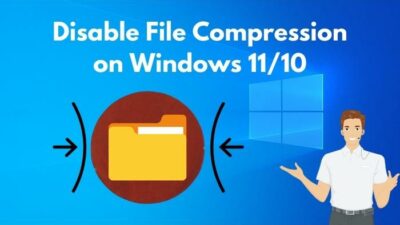It’s hard to find a tech-savvy person who doesn’t want to experience new technology or an updated version of existing technology.
Windows 11 is the newly designed and developed version of Windows OS technology that gives you an entirely new user experience. The new Windows 11 comes with great features and functionalities that amaze you without any chaos.
You may want to experience the latest Windows 11 on your AMD CPU-based system, but you are confused about whether your AMD processor with fTPM can run Windows 11.
To ease all of your confusion, in this post, I will describe whether your AMD processor with fTPM can run Windows 11. This article focuses on checking the TPM status and enabling the TPM feature on your PC.
So, let’s get started without further ado.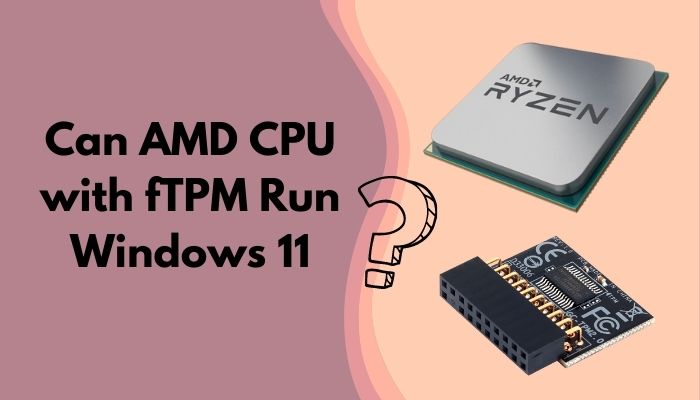
Can AMD Cpu with fTPM Run Windows 11?
Yes, AMD Cpu with fTPM can run Windows 11. The fTPM is firmware-based TPM for AMD processors that is the core requirement to run Windows 11. But to run the Windows 11 the TPM version must be 2.0 on your AMD CPUs. Without TPM 2.0, you can’t update or install Windows 11.
Trusted Platform Module (TPM) is security hardware or chip on your motherboard that helps improve security by holding cryptographic data, encryption passwords, etc.
TPM 2.0 is a critical component of Windows 11’s security measures. TPM 2.0 is utilized in Windows 11 for various functions, including Windows Hello for identity verification and BitLocker for data security.
In any modern CPU, TPM is a crucial part or component. The Trusted Platform Module version 2.0 is supported by the vast majority of PCs released in the last five years.
However, AMD Ryzen 1st gen CPUs don’t support Windows 11, even though your system met TPM and other requirements.
Before upgrading or installing Windows 11 on your computer, you need to check your device system compatibility to run Windows 11. Without meeting the Windows 11 minimum system requirements, you may not install Windows 11.
These are the minimum system requirements for installing Windows 11 on a PC.
| Processor | 1 gigahertz (GHz) or faster with 2 or more cores on a compatible 64-bit processor or System on a Chip (SoC). |
|---|---|
| RAM | 4 gigabytes (GB). |
| Storage | 64 GB or larger storage device. |
| System firmware | UEFI, Secure Boot capable. |
| TPM | Trusted Platform Module (TPM) version 2.0. |
If you’re unsure whether your PC fulfills these criteria, contact the Original Equipment Manufacturer (OEM). If it’s currently running Windows 10, use the PC Health Check app to see its compatibility.
Note: To install Windows 11 on your device, you must be running Windows 10, version 2004 or later, to upgrade.
Also, check out our separate post on disable SuperFetch in Windows 11.
How to Check TPM 2.0 is Enabled on your PC
First thing first, you need to check the TPM status on your PC to ensure the TPM feature is enabled.
TPM 2.0 capable PCs are not always set up to do so. Check if TPM 2.0 is enabled on your device before upgrading to Windows 11.
Using the Windows Security app on your Windows 10 device, you can easily check the TPM status on your device. Follow the steps below:
Here are the steps to check TPM 2.0 on your PC:
- Open the Windows Settings app by pressing Win + I on your keyboard.
- Go to the Update & Security
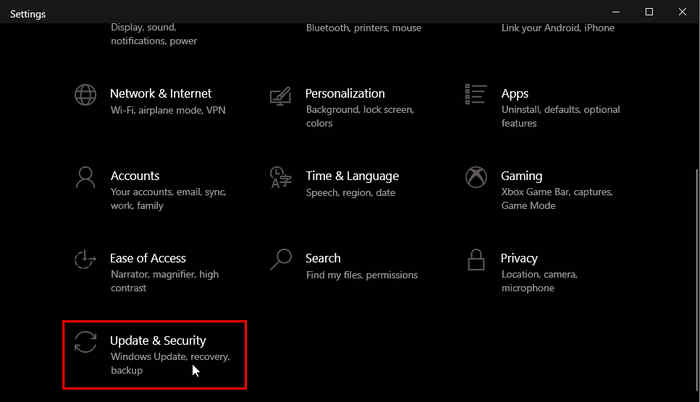
- Select Windows Security on the right side panel.
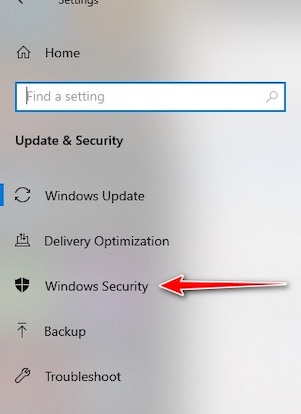
- Select Device Security.
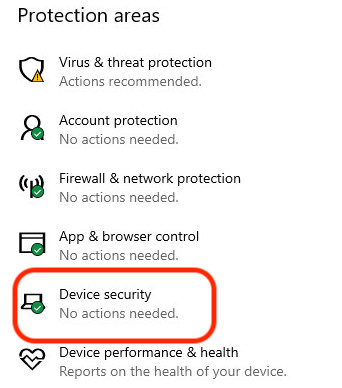
- Security processor is shown on this screen if the TPM is enabled. If not, then the Security processor is disabled.
- Click on the Security processor details to view the TPM version on your device.
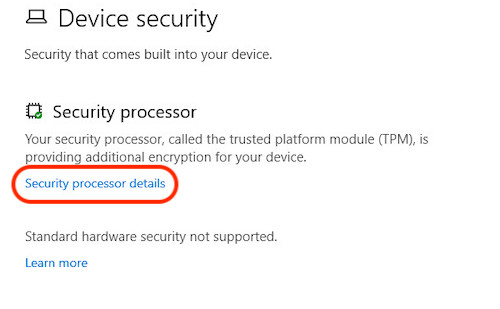
- Under the Specifications, you can find the TPM version next to the Specification version.
If the TPM version is 2.0 and currently enabled on your device, you can update or install Windows 11. But if not, first enable it. Follow the next section to enable the fTPM/TPM on your PC.
How to Enable fTPM/TPM on your PC
If your device has TPM 2.0 but is currently disabled, you can’t install Windows 11. TPM 2.0 is a major system requirement of Windows 11. So, you can’t run Windows 11 on your Windows device without enabling the TPM.
Enabling fTPM/TPM on your device is a straightforward process. You don’t need to worry about that, and just follow the step-by-step process I mentioned.
You need to go to the UEFI BIOS on your device to enable TPM because the TPM settings are managed via UEFI BIOS. Let’s go over a step-by-step process to enable TPM/fTPM.
Here are the steps to enable the TPM/fTPM on your PC:
- Open the Windows Settings app by pressing Win + I.
- Go to the Update & Security

- Select Recovery.
- Click on the Restart now button to restart your computer. After restart, the UEFI BIOS mode is open on the screen.
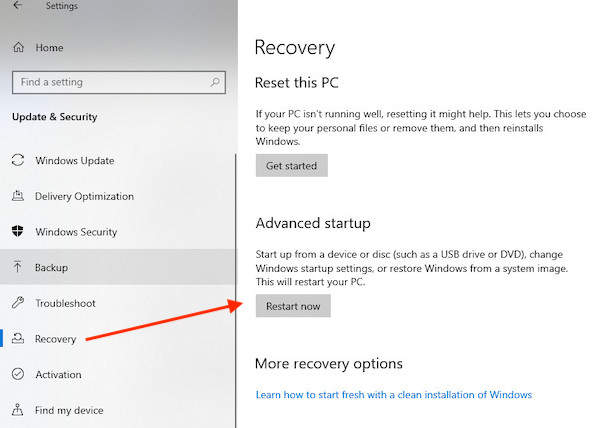
- Navigate to Troubleshoot > Advanced options > UEFI Firmware Settings.
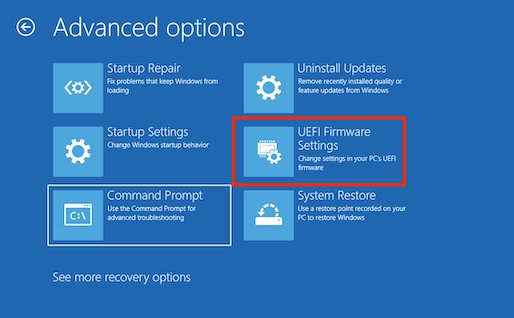
- Go to Advanced, Security or Trusted Computing.
- Find and enable the TPM feature.
- Save the changes and restart your computer.
Note: The TPM may be labeled Security Device, Security Device Support, TPM State, AMD fTPM switch, AMD PSP fTPM, Intel PTT, or Intel Platform Trust Technology. The label of TPM varies by the motherboard manufacturer.
Related guides: How To Fix DNS Server Not Responding Windows 11, 8 Ways To Fix Slow Internet Windows 11
Final Thoughts
Most Windows users are confused about the TPM when upgrading or installing Windows 11 because to install and use the Windows 10, TPM is not necessary.
But, in Windows 11, TPM 2.0 is a core requirement to install or upgrade the Windows 11 on your device. Also, UEFI and Secure Boot are other core requirements. Windows 11 don’t run on your system if your system isn’t compatible with Windows 11 requirements.
AMD CPUs users are confused about whether AMD processors with fTPM can run Windows 11. I briefly discuss this issue to clear out the mess in this post. Here, I also describe how to check the TPM status and enable the TPM feature on your device.
Thanks for speaking around until the end of the post with me. I hope you found the post helpful and insightful as well.
That’s all until the next one. Have a good day.



